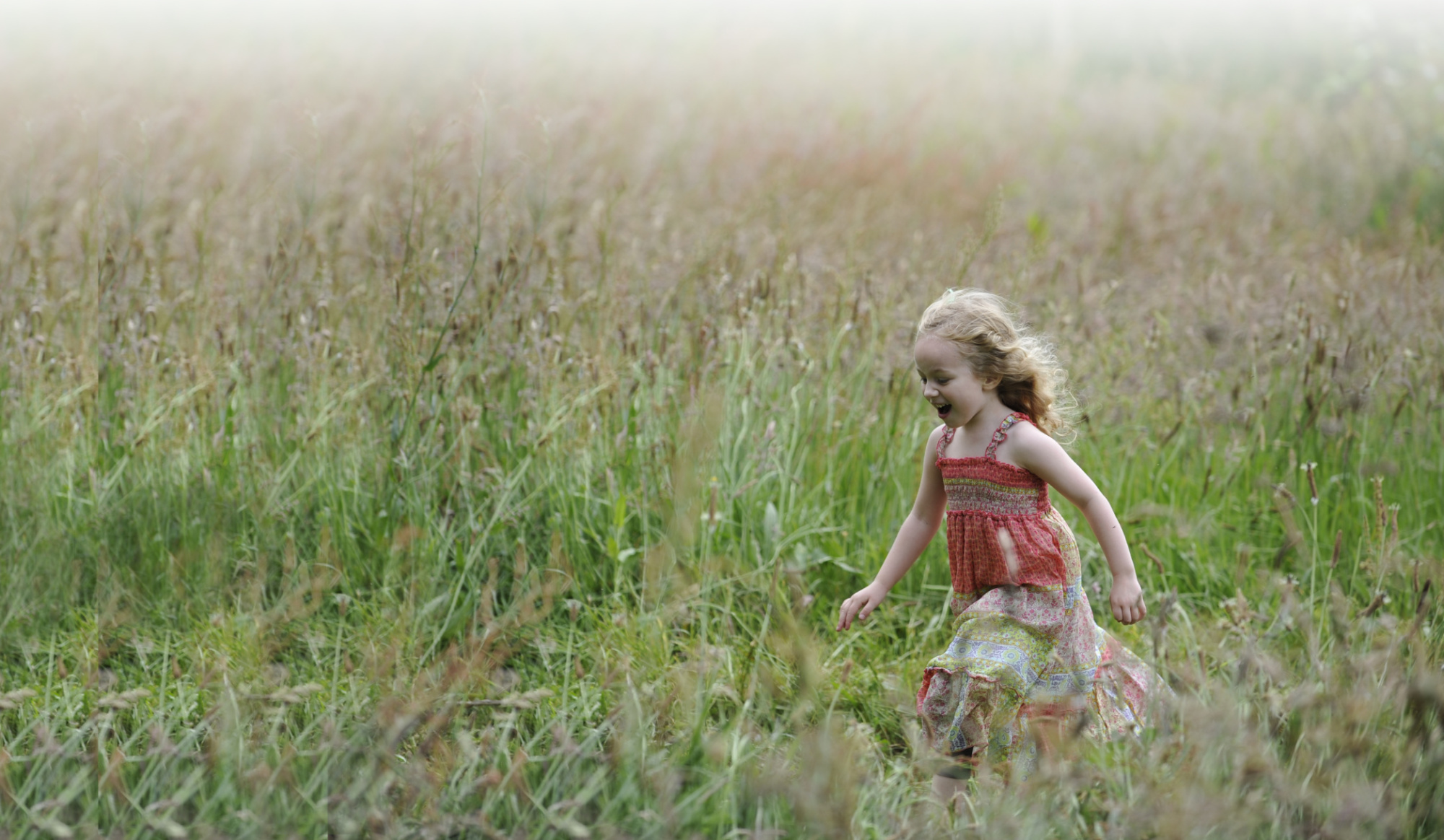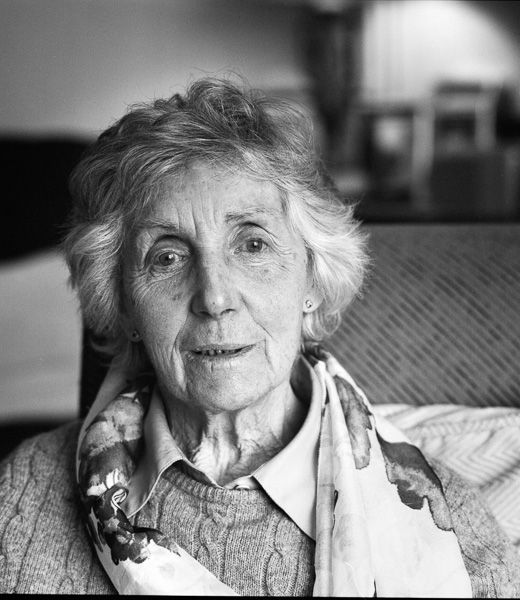I have the 120 film back from the lab now.
A big part of this experiment was to spend more time with the Hasselblad 500c and it lovely 150f4 lens.
There is a tendancy to look fondly back at the days of Medium Format. For many people it was purely about the quality of the images produced. The combination of a much larger image area and expensive lenses that effectively resolved much more detail in your image.
In the digital era, Medium Format seemed to become more synonomous with the highest resolution cameras – to the extent that the latest generation of 35mm DSLRs claimed to be ‘Medium Format’ because they offered resolutions only formerly available with a larger image area.
A lot of that is nonsense. We’re back to the uber-tech and ignoring some old school photography stuff.
Shooting Medium Format changes the way your images look for a number of different reasons:
- In order to fill the larger image area, you need a longer focal length. There’s definitely a very different feel to these from being shot on a 150mm compared to an 85mm (35mm Full Frame) or a 50mm (APS-C DSLR) <skip long explanation> In general people look better with longer lenses.
- The depth of field is different here too. I’ve traded off the medium telephoto wide aperature look of the 85f1.4 against the longer focal length f4 of the Hasselblad. It’s produced good isolation in the backdrop but much more detail in the face (not sure Mary is going to be 100% happy about that). Again, it produces a very different feel to the image when you see it big.
- It slows you down. Even digital medium format is a slower process than 35mm and shooting 12 shots per roll and having to manually wind the film each time really slows you down.
- You’re out from behind the camera. Shooting with both eyes. Different viewpoint, different interaction.
Now I think for some subjects I like having the freedom 35mm digital gives me to keep shooting to get what I want. But this takes more discipline. You tend to go for static emotion to get more ‘keepers’.
Of course there are drawbacks to using film: it’s taken me a week to get these back; it’s taken me over an hour to get them scanned; some of the negs are damaged and most are dirty or scratched (more of this later). And these days if I wanted these traditionally printed then I’m not sure where I’d go to get them done.
But that ‘film look’ is there with the dynamic range and contrast that we all strive to achieve in our black and white conversions (even though this is a rough-enough scan of the neg).
On the whole I think it’s worth doing more with this and exploring how it can be used. I don’t think I’ll be going digital MF just yet though.
The next step up is of course Large Format. Again there is a change in the way images feel not just because of the resolution but also in the way the cameras and lenses behave (focal length, tilt, shift etc). More on this from Gregory Heiser
For the record these were shot on Ilford XP2 super (400 ASA). Mainly because I know I can get 120 film C41 processed here in Cork but I have no idea where I’d get traditional black and white done without doing it myself. I’ve always loved XP2 from way back in my student days so no issues using it for this really. It was fast enough to shoot with the ambient daylight on the tripod at f4. I’ve done preliminary scans on these using my old flatbed scanner which has a TPU. It’s not quite wide enough for the full 120 film and not in any way as good as a proper film scanner like the one I have for 35mm film – but good enough for now and the lab can scan anything I want to do more with.


